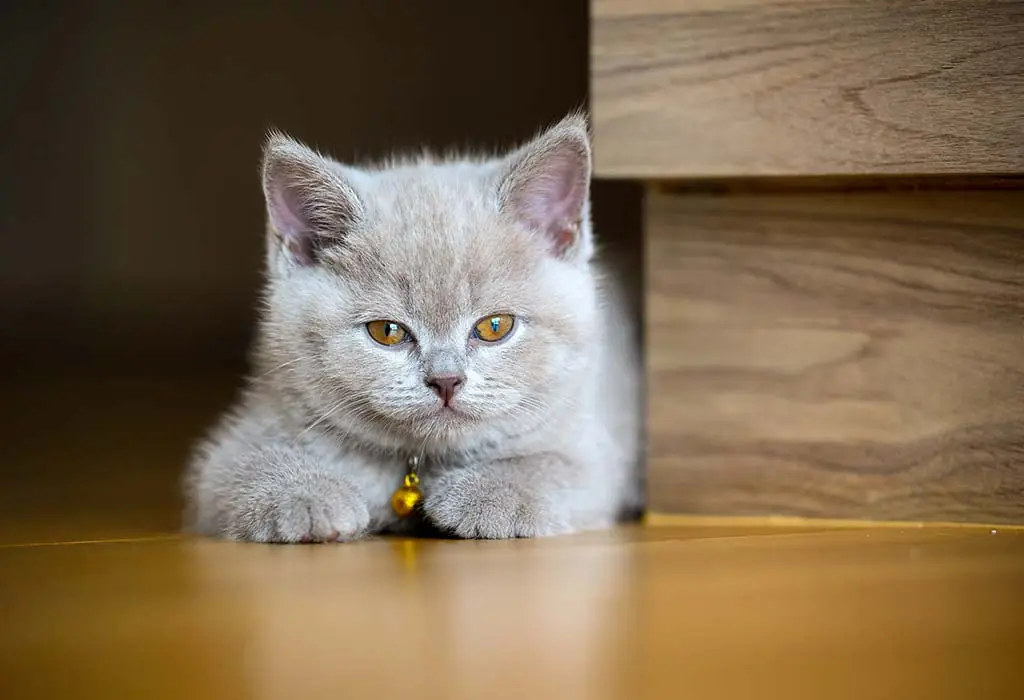
Thank You, M'am

"Thank You, M'am" is an American short story written by Langston Hughes.
The story was published in 1958 and is not in the public domain. That's particularly unfortunate because not only is it a great example of the short story form in general, it's also one of those important short stories that carries great social value and has the ability to teach and instruct its readers. While we cannot publish the full text, fair use policy allows me to provide a summary and overview of the story.
The story features two characters; Roger and Mrs. Luella Bates Washington Jones.
They meet when Roger attempts to steal her purse as she is walking home late at night. Roger loses his balance, and Mrs. Jones, who seems to be a substantial woman, first kicks him in the behind as he is sprawled on the sidewalk, and then hauls him up and shakes him. She has the boy pick up her purse, and begins to dress him down. Then the story takes a turn,
"Um-hum! And your face is dirty. I got a great mind to wash your face for you. Ain't you got nobody home to tell you to wash your face?"
"No'm," said the boy.
"Then it will get washed this evening," said the large woman starting up the street, dragging the frightened boy behind her.
And with those simple lines, Hughes affects a magical transformation turning a tough old black woman into everyone's mother and a young hoodlum into everyone's friend, brother or son. By explaining the crime -- it's out of a child's impoverished necessity -- and humanizing the characters, he makes us understand that Roger is not a bad kid as much as he is a kid trapped in difficult circumstances.
After a bit more physical and verbal trouncing, Mrs. Jones' course of action is clear:
"But you put yourself in contact with me," said the woman. "If you think that that contact is not going to last awhile, you got another thought coming. When I get through with you, sir, you are going to remember Mrs. Luella Bates Washington Jones."
Sweat popped out on the boy's face and he began to struggle.
Mrs. Jones puts the boy in a half-nelson and drags him up the street and into her house where the "tough love" lightens up on the toughness and starts to load up a bit on the love. She feeds him, lectures him gently, and gives him the money he was attempting to steal so that he may buy the blue suede shoes that he needs.
Then the story concludes:
She led him down the hall to the front door and opened it. "Goodnight! Behave yourself, boy!" she said, looking out into the street.
The boy wanted to say something else other than, "Thank you, m'am" to Mrs. Luella Bates Washington Jones, but although his lips moved, he couldn't even say that as he turned at the foot of the barren stoop and looked back at the large woman in the door. Then she shut the door.
Although some sources cite 1933 as the date of publication, I believe the correct date is 1958. To put things in historical context, Martin Luther King Jr. was leading the burgeoning Civil Rights Movement following the Montgomery Bus Boycott of 1955, which followed on the 1954 Brown v. Board of Education ruling making segregation illegal (in law if not yet in practice). While it was not universal, the fact remains that there was a racial divide in the country and some white folks did harbor racial animosity towards blacks. Although often cast as a regional bias of the southern United States, it was a problem that found its home in larger cities throughout the country as well.
This story has always been particularly powerful to me due to an experience I had at a weekend market in an eastern city. One of the vendors there sold old black and white photographs, including old crime scene photos. As I looked through them, I began to notice the callous and even careless attitude displayed by the white detectives captured in the background of the photos with black victims. They were often captured smiling, enjoying a cigar or cigarette, waiting for the photographer to finish his business and their attitudes contrasted sharply with the seriousness they portrayed when white victims were involved. Those images stuck in my head, and made think about what things were like during that time (the photos were probably from the 1920s and 1930s).
I believe that one of the (several) wonderful thing that Langston Hughes did with "Thank You, M'am" was to strike a perfect balance with the racial and moral elements of the story. The characters are unmistakably African-American but it is not a story about African-Americans. Skin color is present and well represented in vernacular, but that is not the story's point. He draws our attention to poverty -- why is an older woman having to work a job that causes her to walk home late at night, why can't a young boy be properly clothed, fed, and cared for -- but the poverty is part of the story without ever becoming an excuse. And that sets the stage for the message of the story, that respect, decency and love transcend race and class, that they are wonderful things that can cure all sorts of difficulties and hardships.
Departing further from the literary analysis, I have some additional thoughts related to this story.
The question of race relations in America is still decades away from being an easy one. Even today the complexity and contradictions are clear; we have a twice-elected black president but we also have "the knock-out game" raging in the background (Fall/Winter of 2013/2014). But no matter how difficult and complex that question remains, it will always find some answers in this simple short story by Langston Hughes that helps us to see that we are all the same and that no matter how difficult any one personal situation may be, it's probably a situation that can changed and improved with acts of kindness.
It's noteworthy to point out that the story may have some autobiographical elements for the author. This is not to suggest Langston Hughes was out mugging old ladies, but that he himself had been separated from his parents as a young boy and was forced to live with his grandmother who raised him. I'd like to imagine that some of his Mrs. Luella Bates Washington Jones' kindness was also present in his grandmother and that the hardships of his youth led to the tremendous empathy he put into this story.
News in the same category

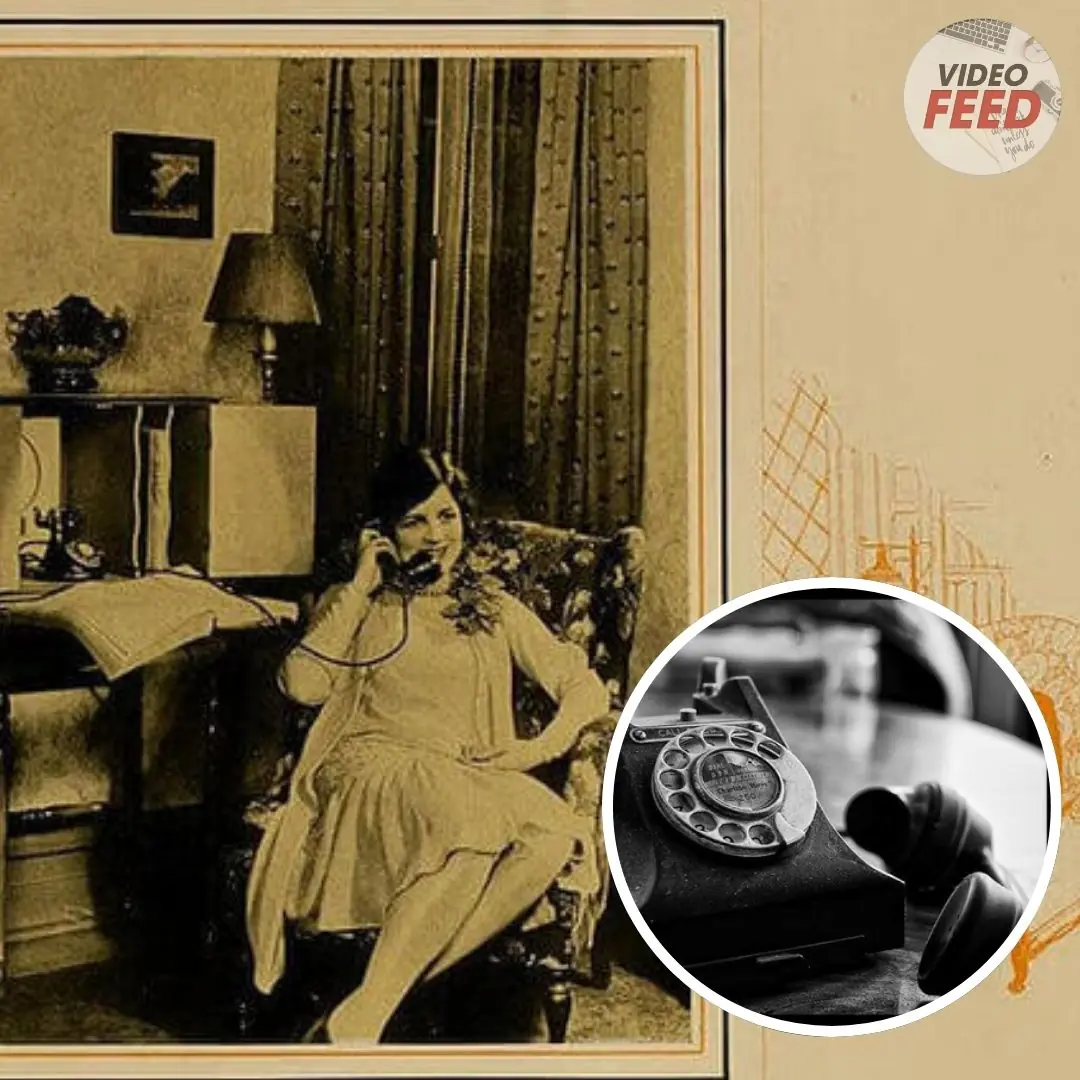
A Telephone Call
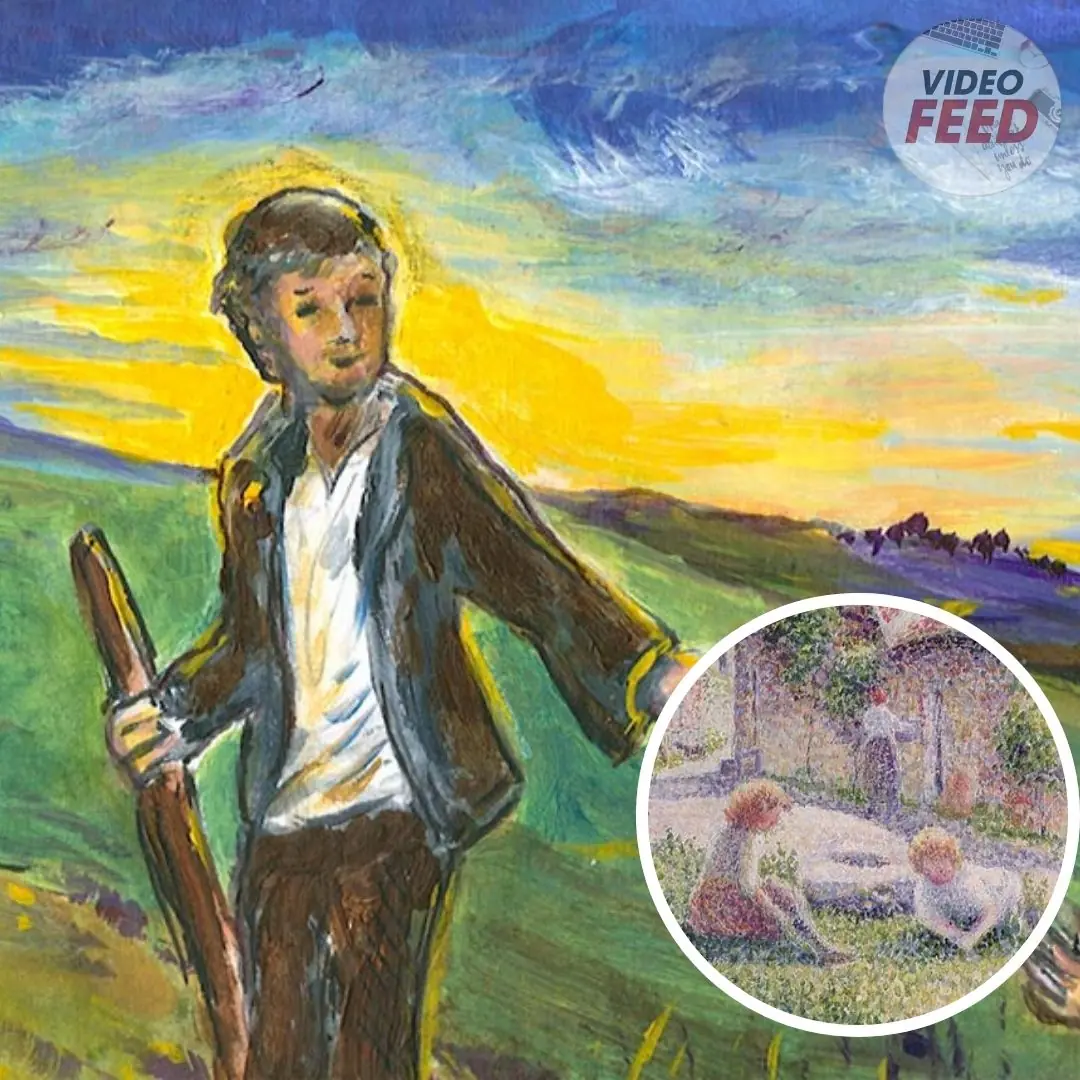
The Coming of the King

The Split Cherry Tree

Japanese garden ideas: 14 ways to create a tranquil space with landscaping and plants

10 Stylish Small Garden Sheds to Elevate Your Backyard
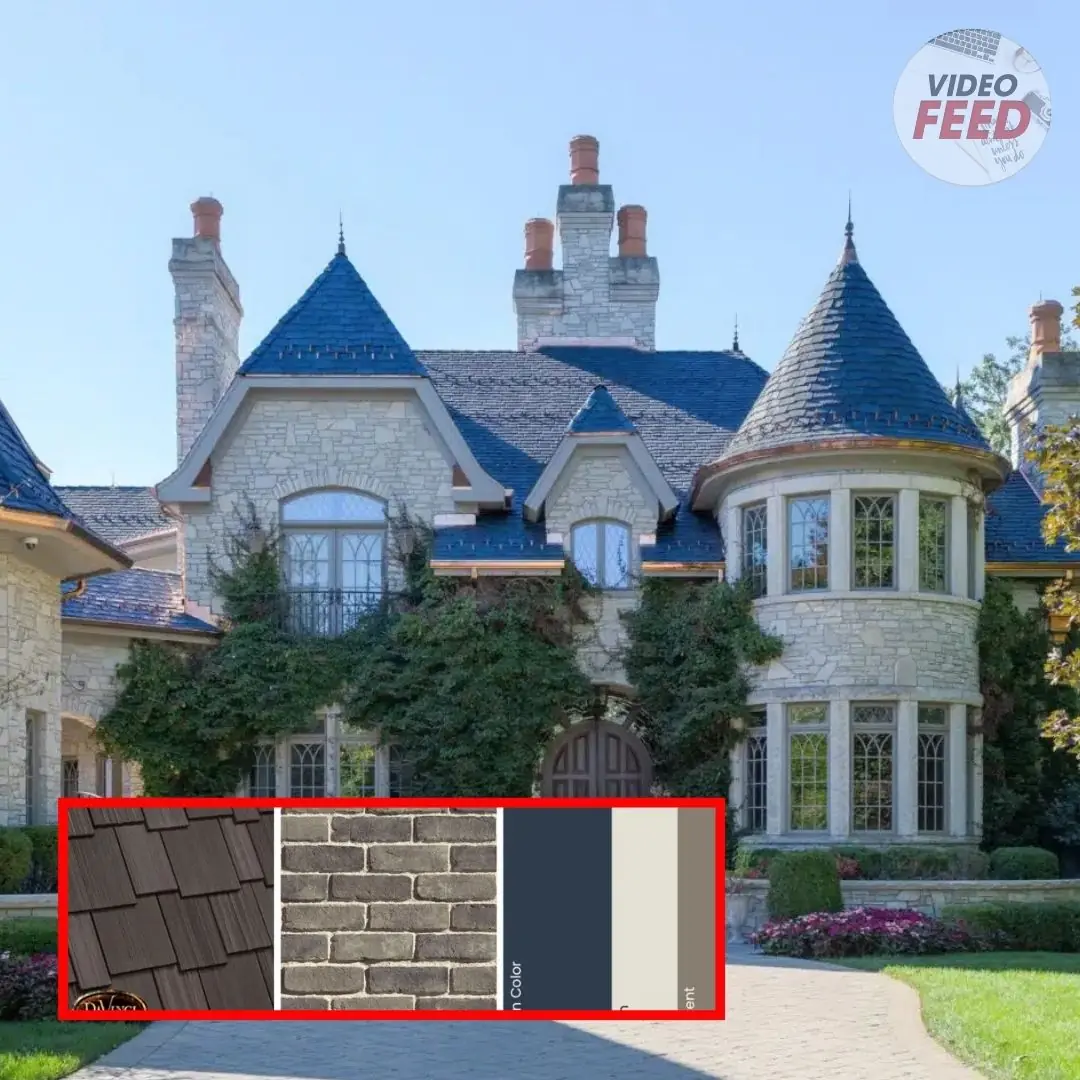
Colors for European-inspired Homes with Old-World Influences

10 Creative And Stunning Small Garden Ideas
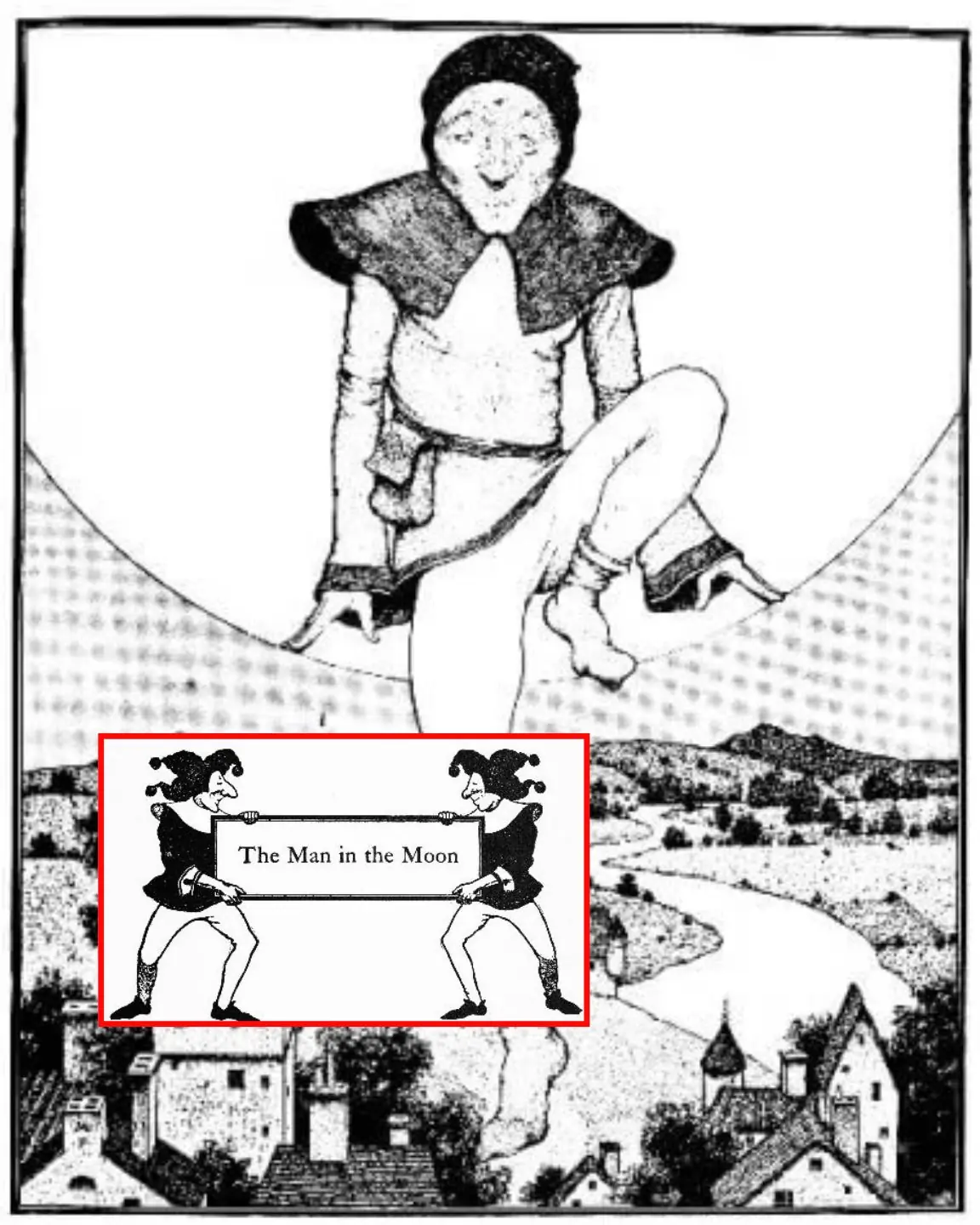
The Man In The Moon
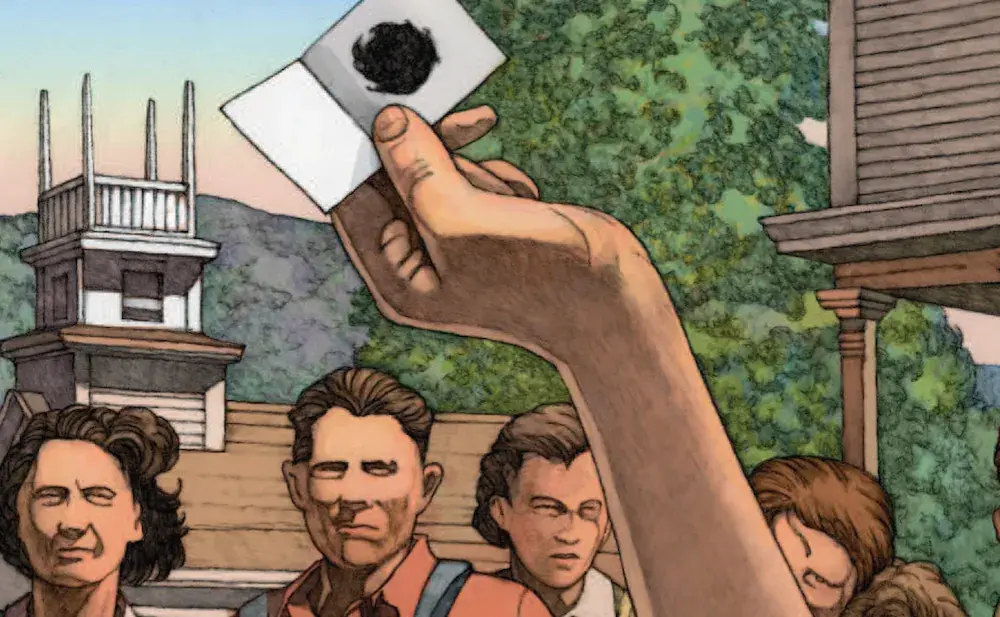
The Lottery
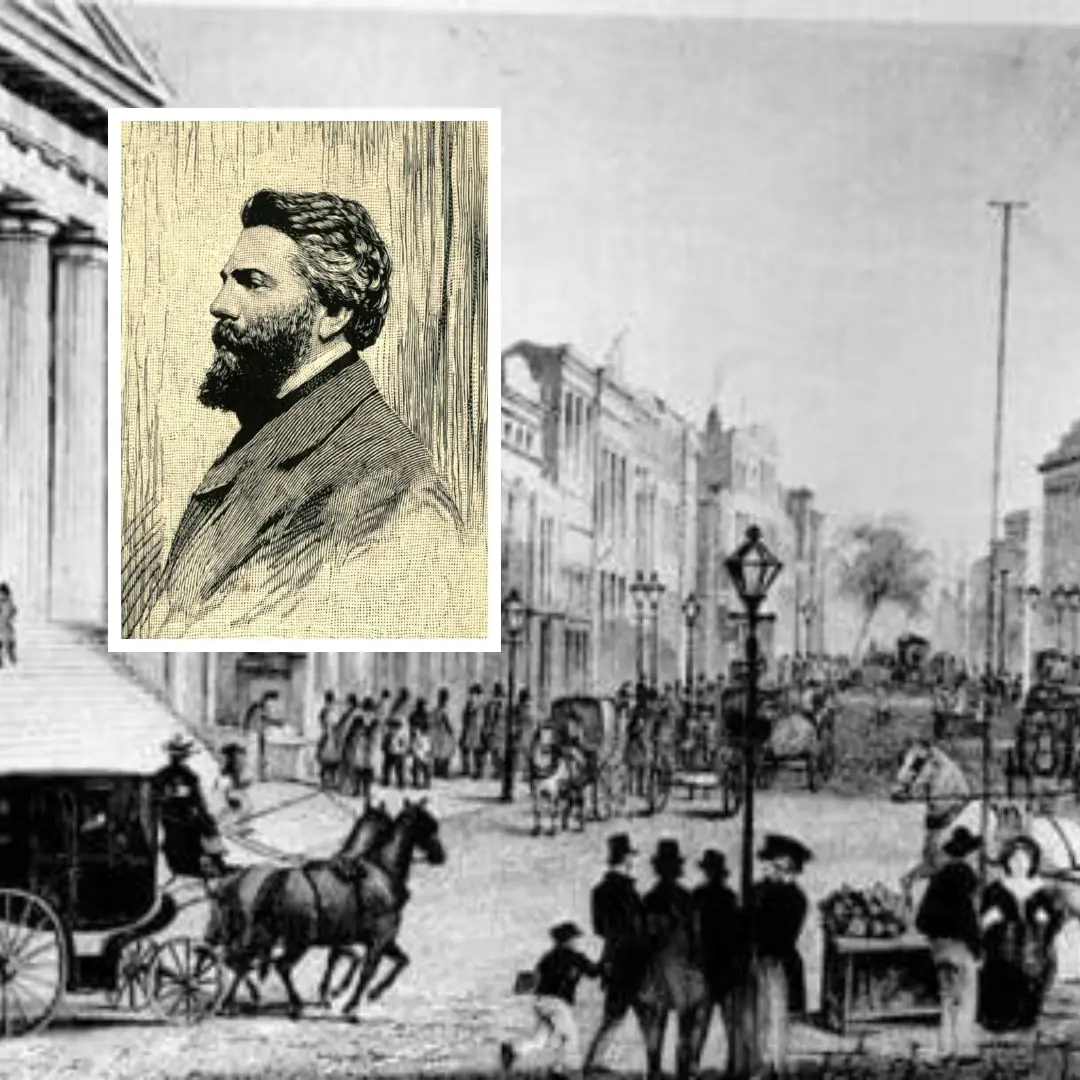
Bartleby, the Scrivener
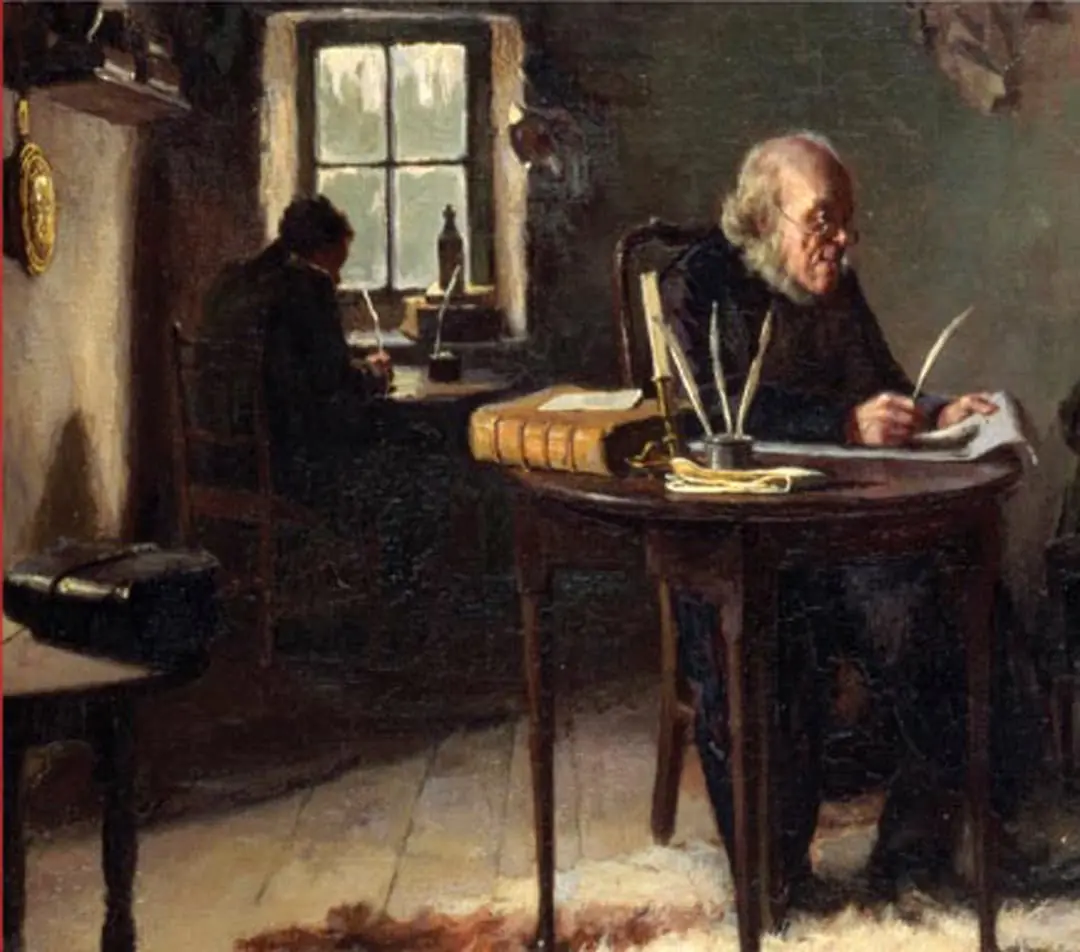
Bartleby, the Scrivener

An Angel in Disguise

8 Best Creative Terrace Design Ideas For Your Home Terrace

9 Tips to Create European Kitchen Cabinets

Current & Past Junk Garden Plants & Decor Under A Spruce Tree

10 Clever Small Prefab Houses You Have to Love
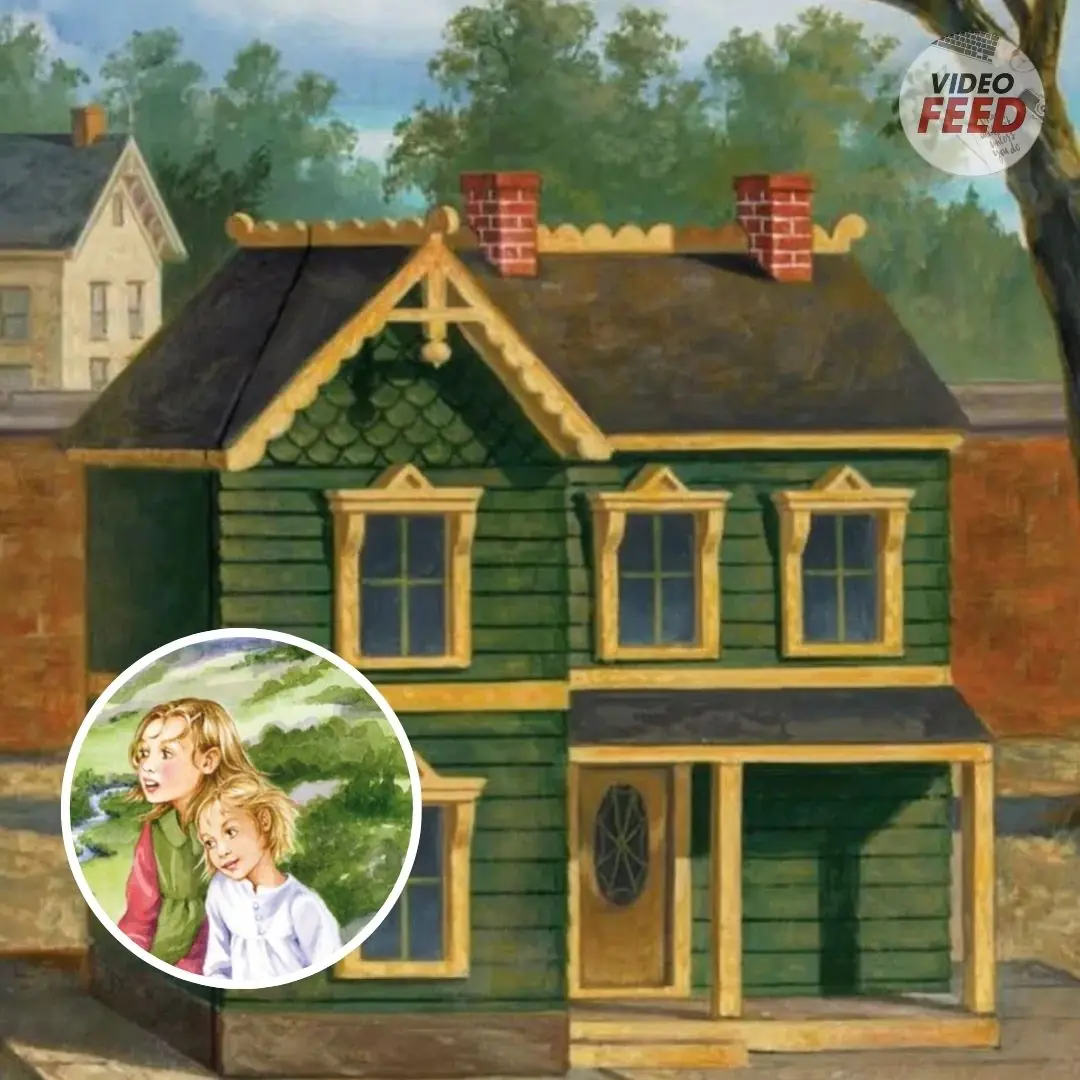
The Doll's House
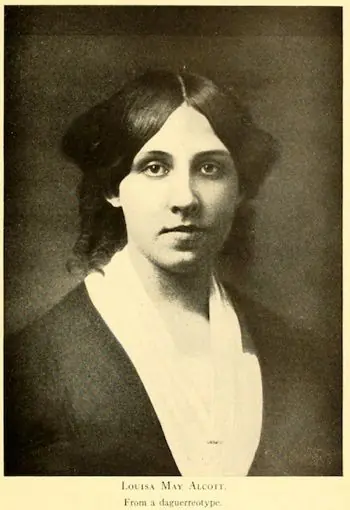
Scarlet Stockings
News Post
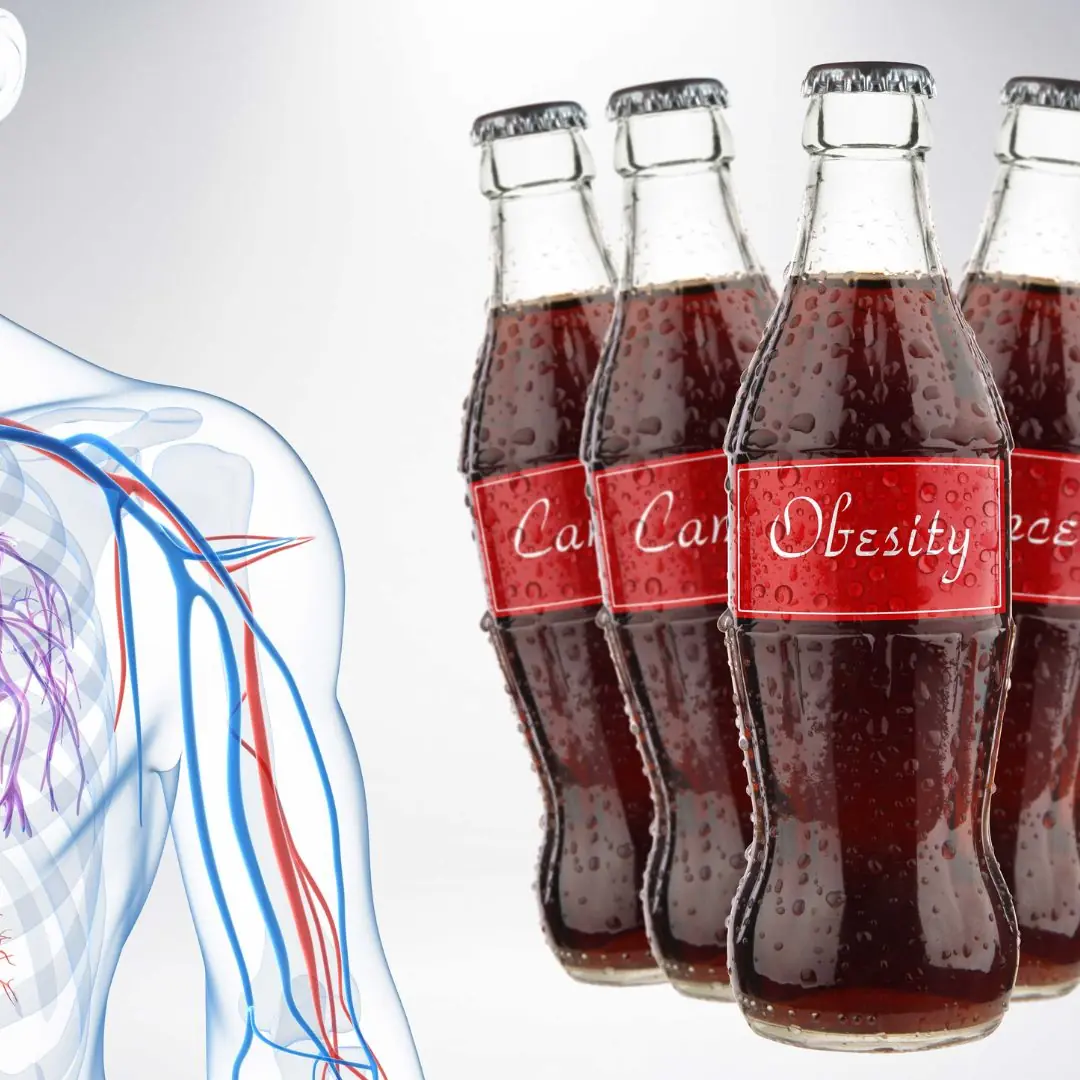
6 Things That Will Happen When You Start Drinking Coke Every Day

The Cat

A Telephone Call

The Coming of the King

8 Early Signs of Arthritis You Should Never Ignore

The Split Cherry Tree
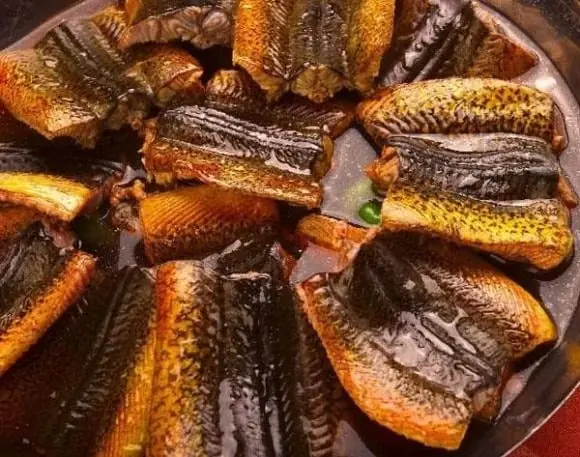
Field Eel: A Superfood for Middle Age, But 4 Types of People Should Never Eat It

5 Common Mistakes When Drinking Honey That Can Harm Your Li.ver and Kid.neys — Especially #2

Why is eating fish better than meat?

Doctors advise tired women to look at muscular men often
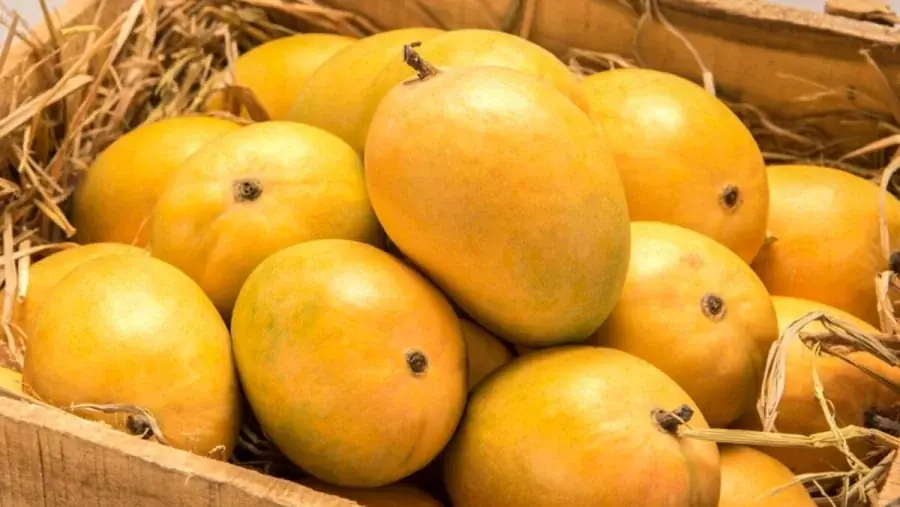
Sweet but Risky: 7 Types of People Who Should Avoid Ripe Mangoes

5 warning signs of vitamin E deficiency

The vegetable announced by the US CDC as the best in the world has the potential to damage the liver

5 morning habits that are as harmful to the liver as drinking alcohol
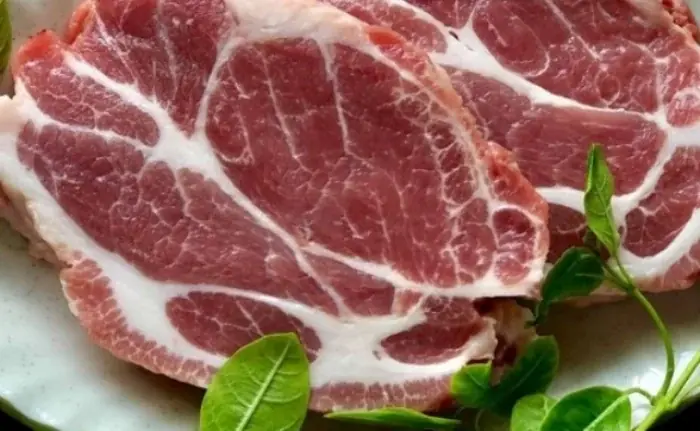
Is Eating Pork Every Day Good For Your Health ?

Excessive Yawning: A Sign of Many Dangerous Diseases
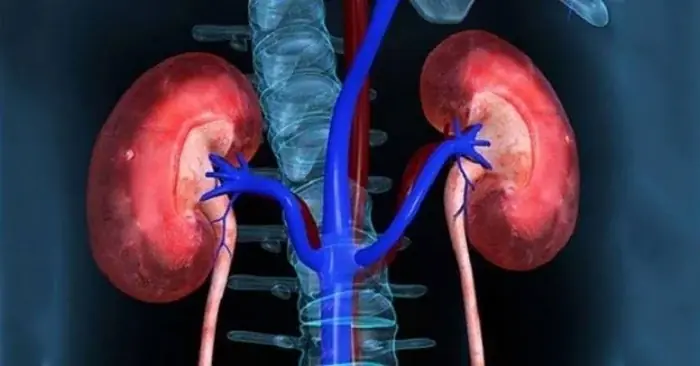
Warning signs of acute kidney injury should not be ignored
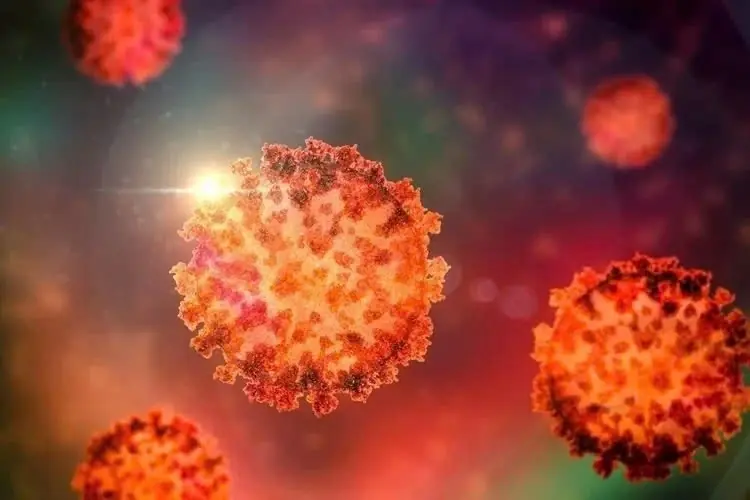
Symptoms, signs of new COVID-19 variant spreading 7 times faster than seasonal flu
